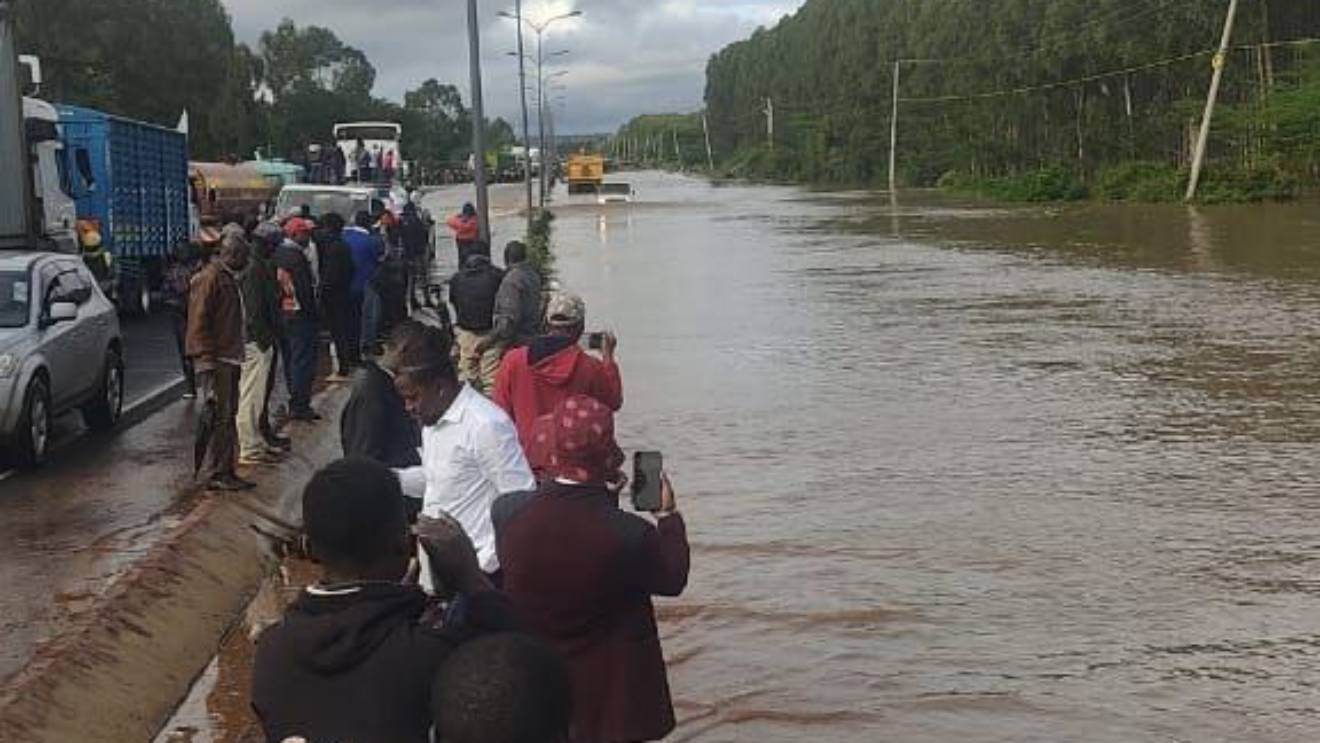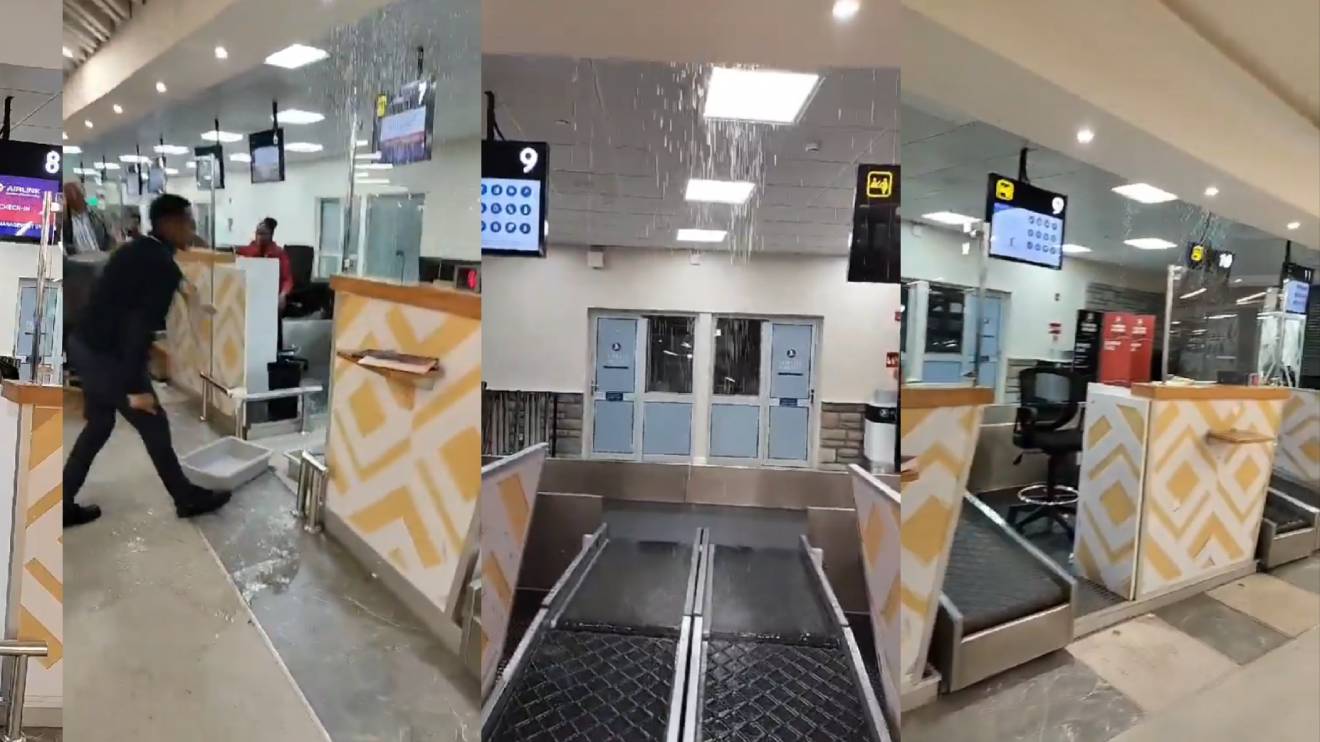Plans to lease some key assets of the Kenya Ports Authority (KPA) have been set in motion, marking a significant shift in strategy aimed at reinvigorating the maritime industry through public-private partnerships (PPPs).
KPA Managing Director William Ruto announced on Monday that the authority is soliciting bids for the operation and management of critical port facilities at the Mombasa and Lamu ports.
"The Kenya Ports Authority invites sealed bids from eligible tenderers for qualification of bidders for the development and operation of port assets through PPP (Lamu container terminal berth 1-3, Lamu Special Economic Zone, Mombasa port's berth 11-14, and Mombasa port container terminal 1," stated Ruto in a tender call.
This move signifies a departure from the previous administration's resistance to a similar proposal, amid concerns that port assets had been discreetly sold to Dubai Port World FZE.
The Kenya Development Corporation (KDC), a development finance institution, had earlier revealed that the Kenyan government was actively seeking private partners to oversee sections of Kilindini Harbour, Dongo Kundu Port, Lamu Port, Kisumu Port, and Shimoni Fisheries Port, as part of a massive Sh1.4 trillion ($10 billion) initiative to enhance the competitiveness of the northern corridor.
Read More
"The ports are confronted with the challenge of congestion and, therefore, higher dwell times for cargo. The ports will be leased/concessioned to private operators with a landlord-type port management system," explained the KDC in its pitch to potential investors.
This endeavor is projected to raise Sh1.46 trillion ($10 billion) through PPPs, with a significant portion of that investment directed towards the development of the Lamu port's agri-bulk and liquid bulk terminals.
Despite over two years in operation, Lamu Port has failed to attract substantial business, resulting in the underutilization of infrastructure worth billions of shillings.
To address this issue, President Ruto recently announced plans to seek PPP partnerships for the operation of Lamu Port and the enhancement of key scanners at the Port of Mombasa, aimed at improving the efficiency of the country's two major commercial ports.
President Ruto emphasized the challenge of congestion at these ports, which has led to extended dwell times for cargo, underlining the need for private operators with a landlord-type port management system.
In addition to the ongoing bidding process, the government has been actively engaging multinational logistics companies from Dubai and Saudi Arabia for potential investments in Lamu Port.
Once finalized, these concessions could grant DP World operating rights at Kenya's major ports, including Mombasa, Lamu, and Kisumu.
At the Port of Mombasa, DP World is slated to receive four berths for container operations, which will be transformed into a modern multipurpose terminal capable of handling one million TEUs.
Meanwhile, at Lamu Port, DP World will operate three berths and develop a 500-hectare parcel into a special economic zone, primarily focused on agricultural activities and servicing the Lamu corridor, the vital highway connecting the port to Ethiopia and South Sudan.
This strategic shift towards PPPs in the management of Kenya's key port assets reflects a broader effort by the government to stimulate economic growth and competitiveness within the maritime sector.

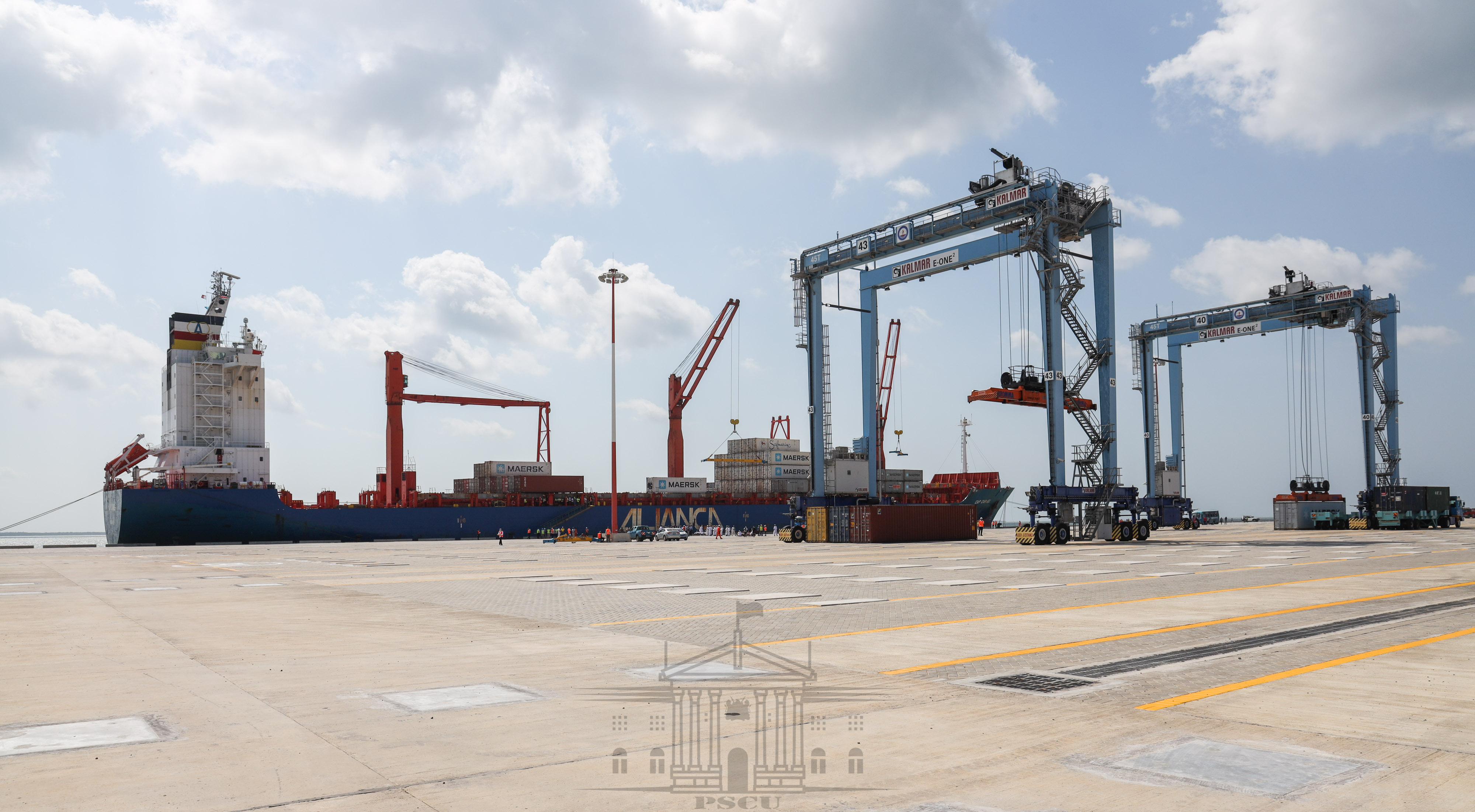
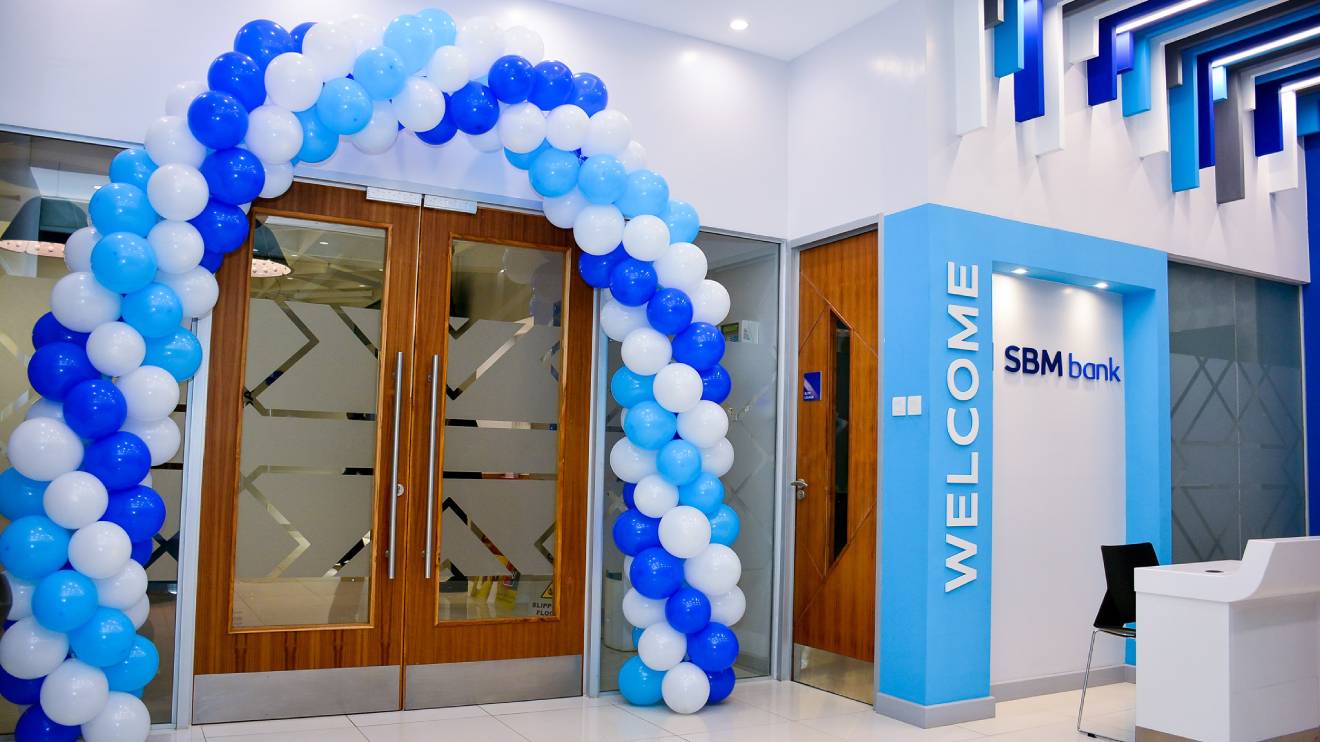
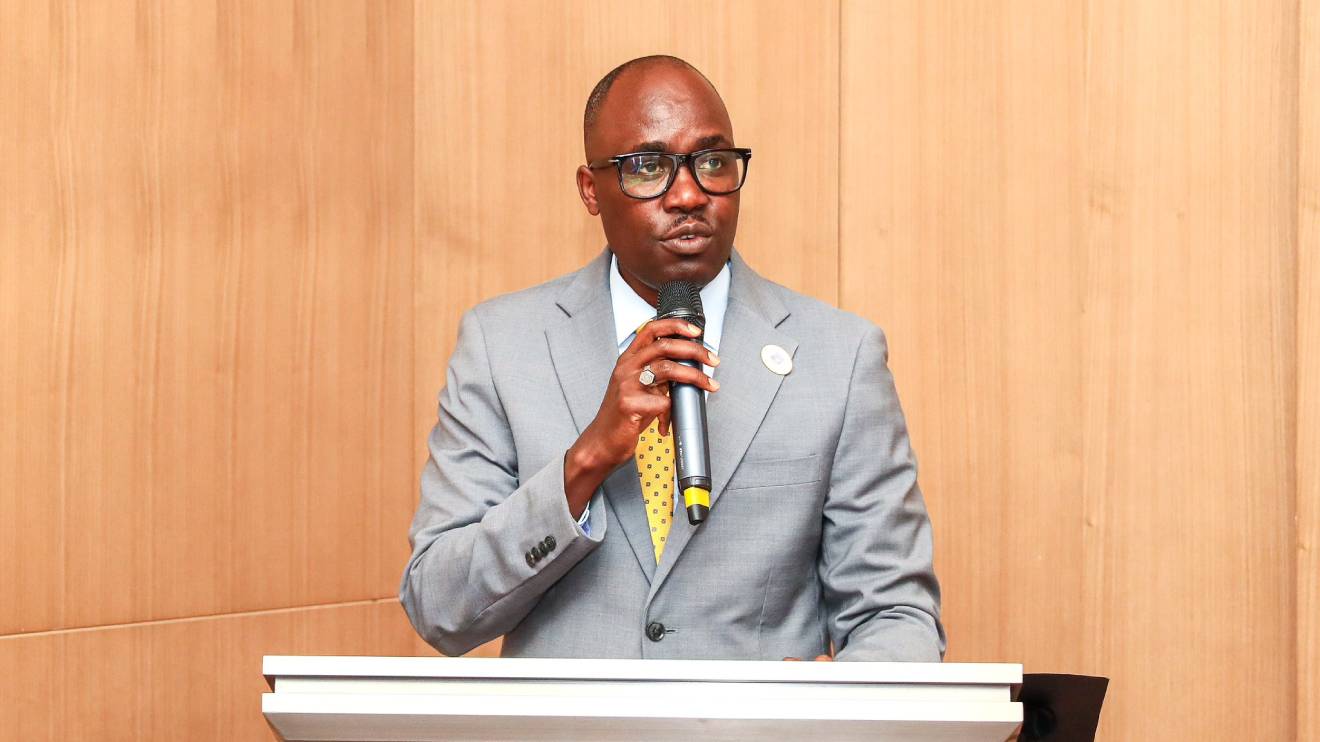
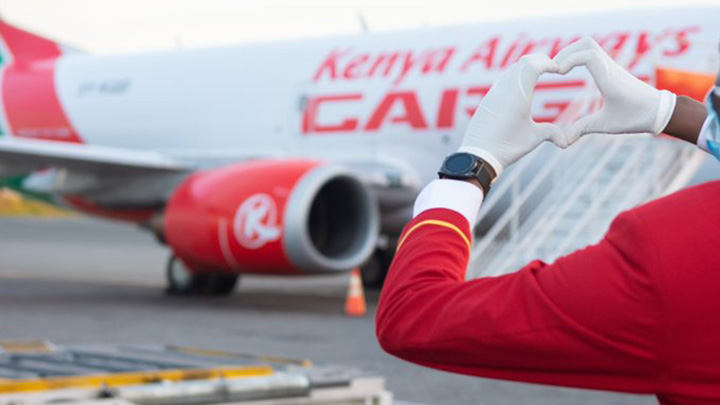
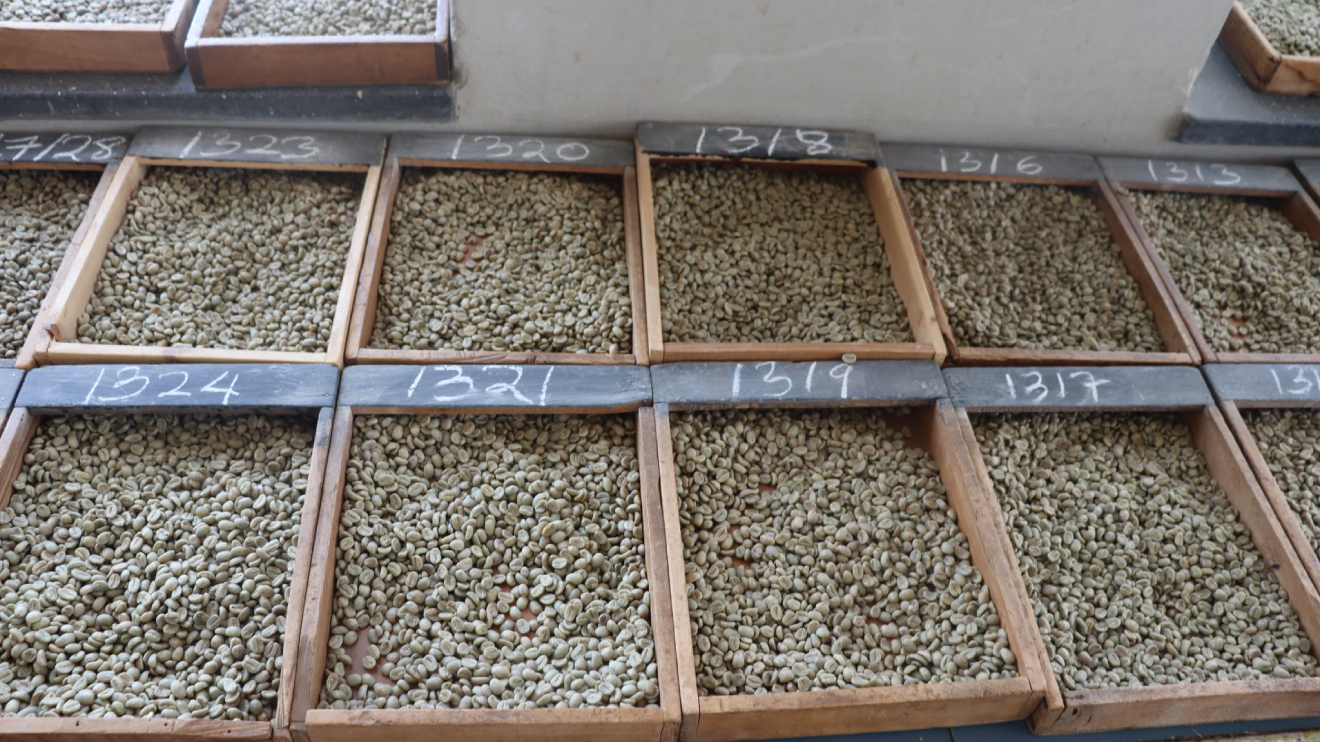

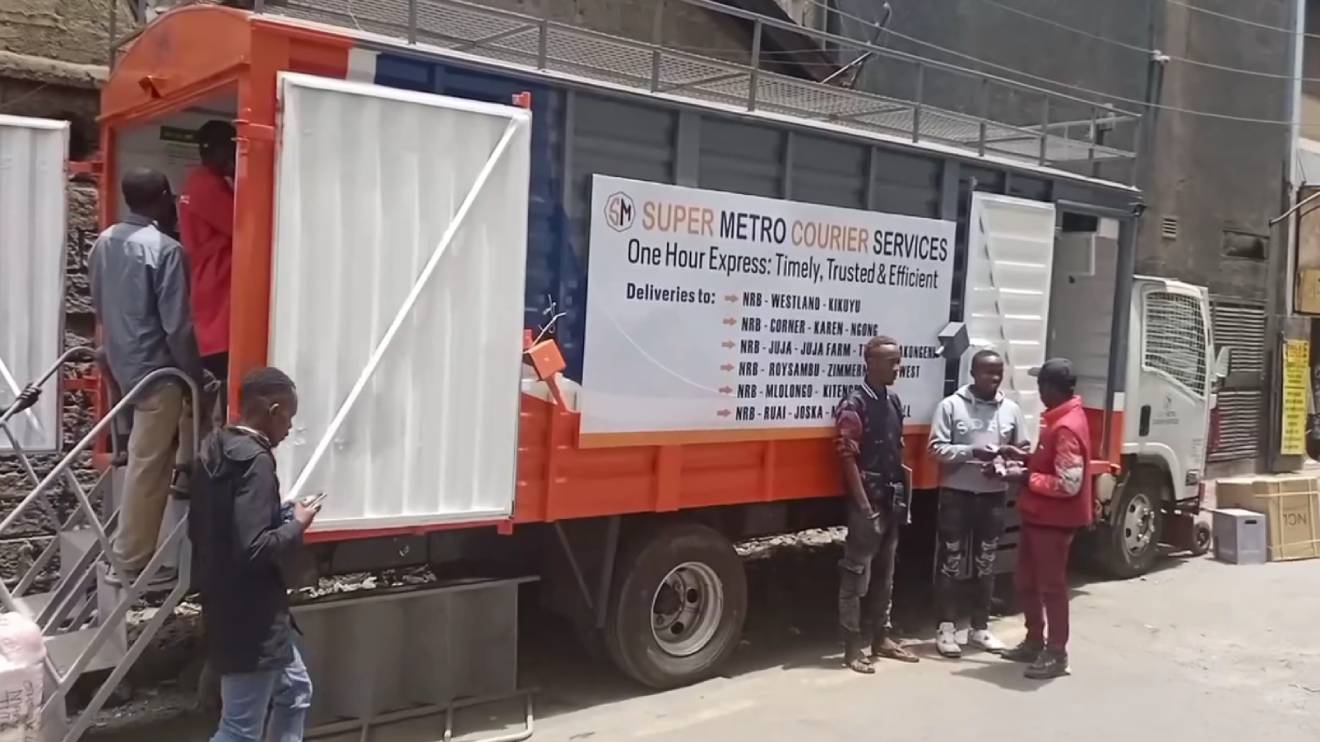
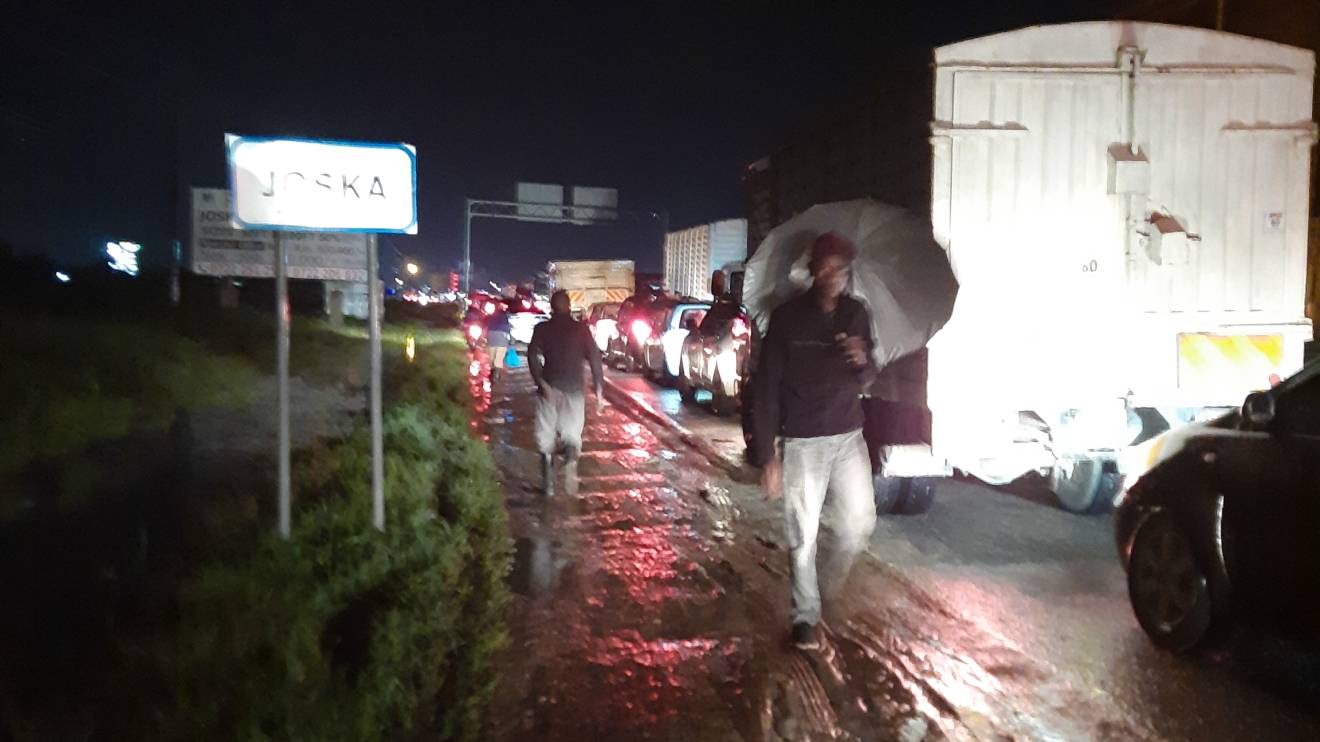
-1714232911.jpeg)
